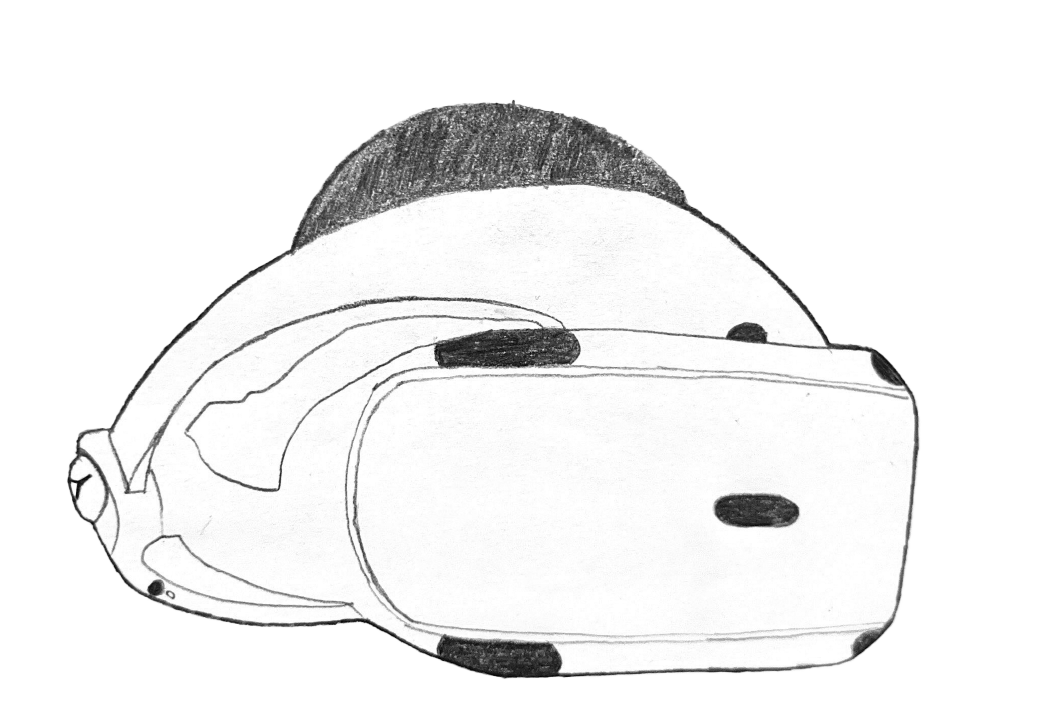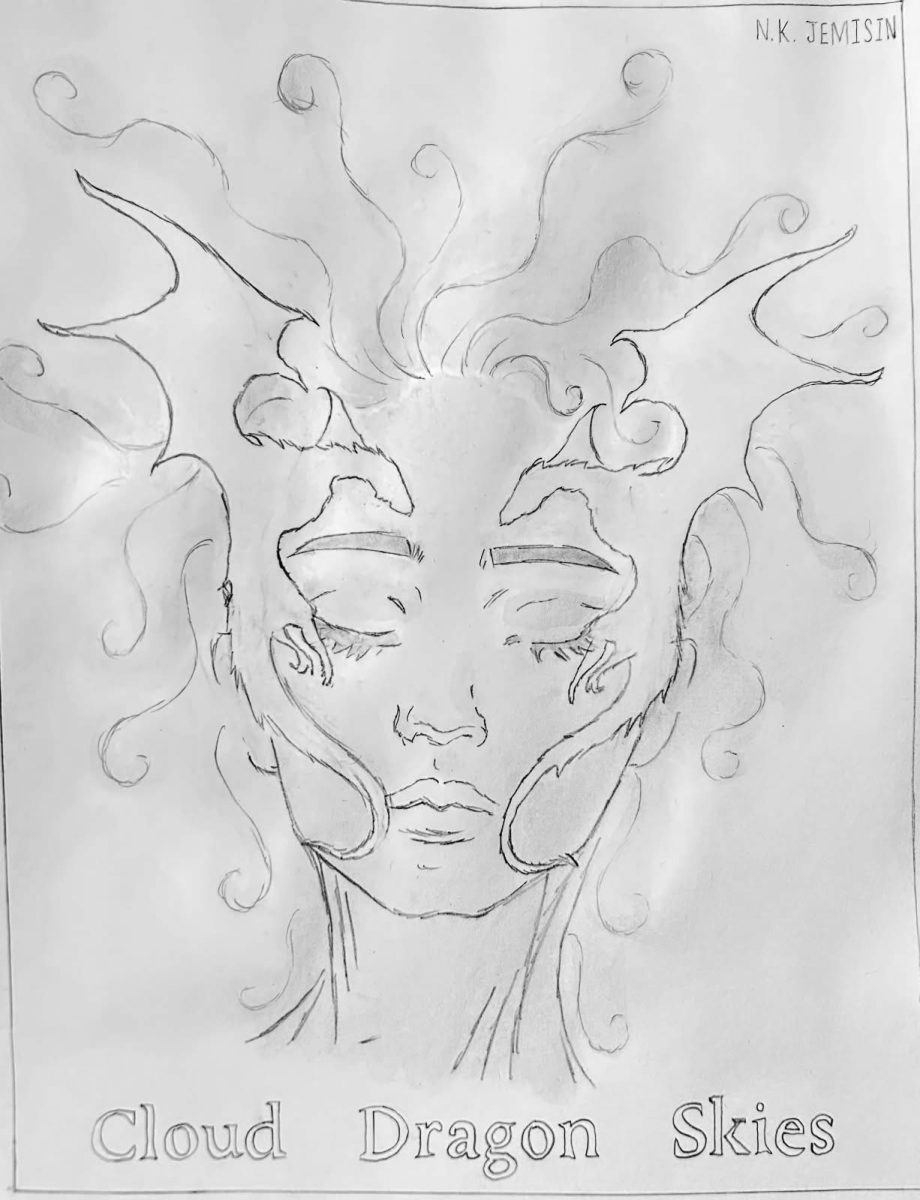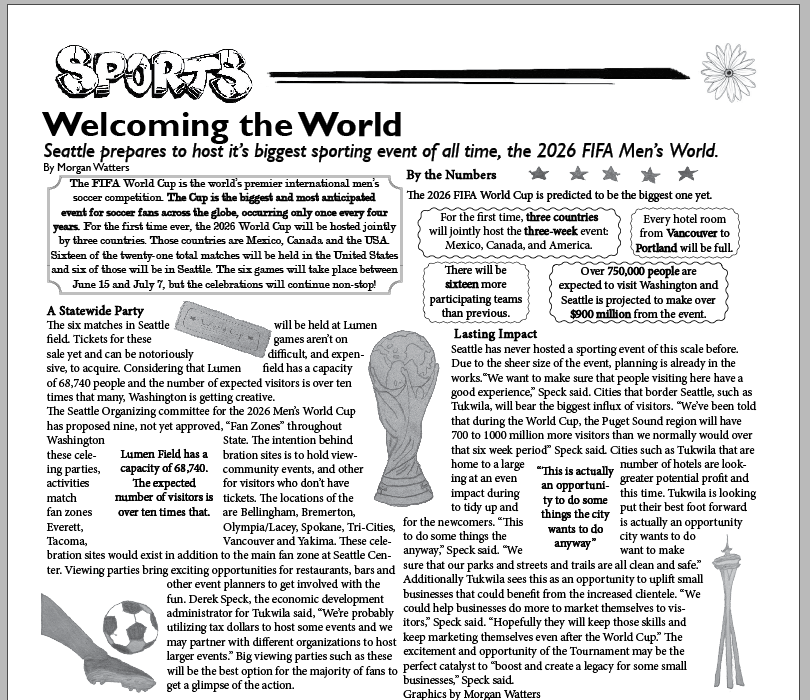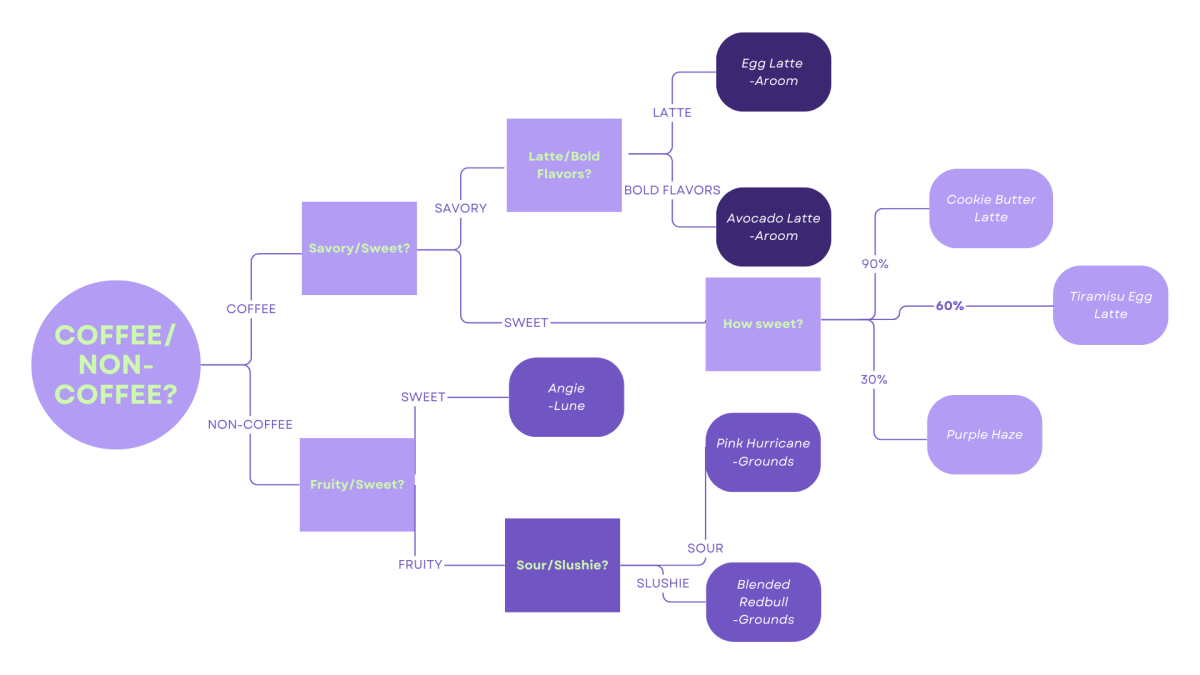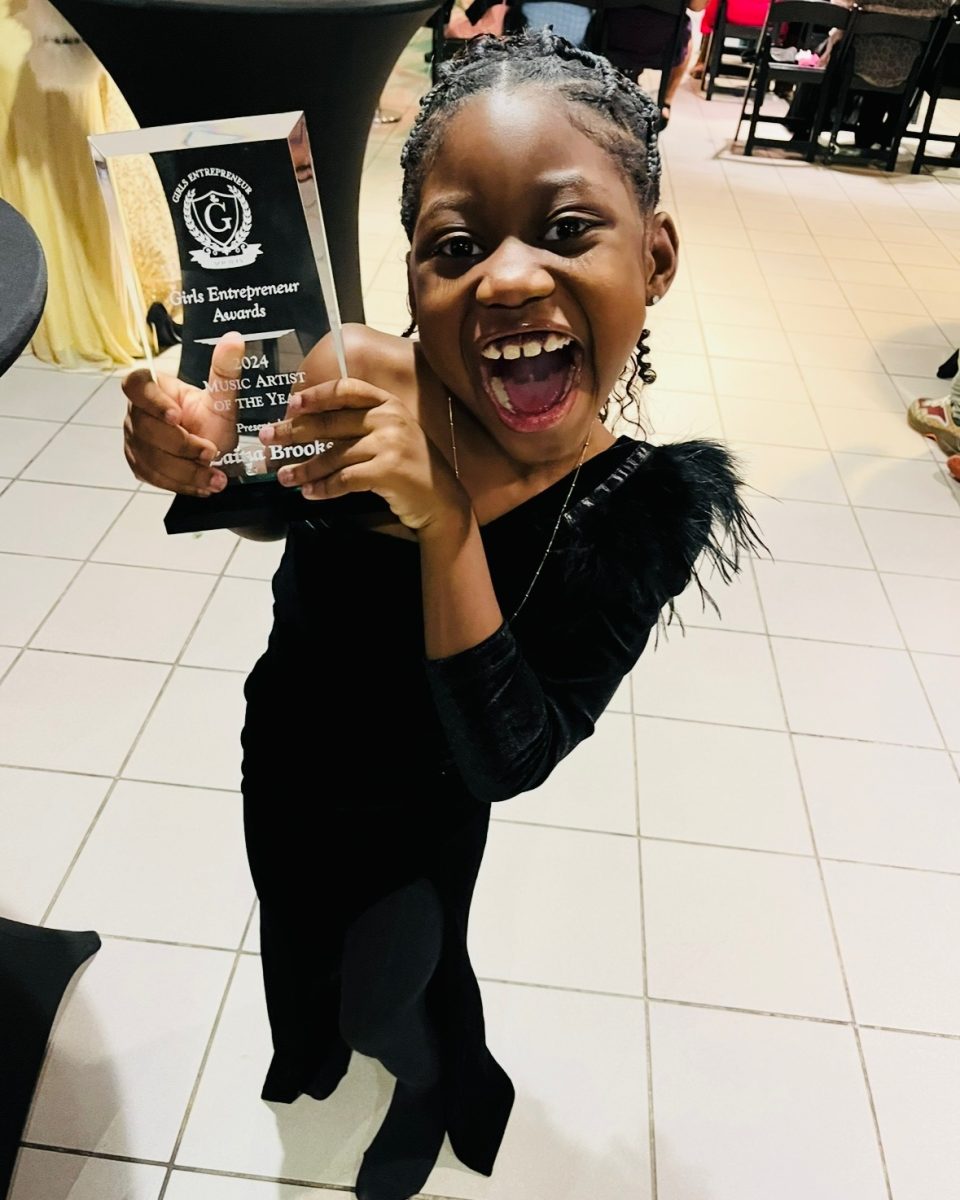On January 31, 2025, the Pacific Northwest Ballet (PNB) reimagined the beloved and fantastical tale of Sleeping Beauty. Based in Seattle, Washington, PNB is widely recognized for its production of The Nutcracker and an extensive repertory of other ballet and modern performances. Originally created in 1890 in Russia by Ivan Vsevolozhsky, Sleeping Beauty incorporates elements from various fairy tales written by the Brothers Grimm, blending them into the classic narrative. PNB’s rendition remained true to its origins, using traditional choreography while offering a visually immersive experience. The production featured elaborate set designs, projected visuals, and striking costumes. Even those who may not typically gravitate toward classical ballet find themselves drawn in by the artistic showcase. This year’s costumes were designed by Paul Tazewell, renowned for his work on West Side Story, Hamilton, and Wicked.
It’s evident that the beauty of the production was a testament to the dedication and hard work of the entire costume team. When asked whether Tazewell’s prestige influenced the way the costumes were created, Rob Newton, a member of PNB’s costume team, responded, “No, it did not because that is always our job—to do justice to the designs regardless of who created them. Paul is very accomplished, so these were very detailed designs, and of course, we wanted to do our best, always.” Newton emphasized that, beyond aesthetics, the costumes needed to support the dancers’ performances. “Everyone worked so, so hard. But truly, for every single show, everybody wants it to be perfect. It doesn’t matter who the designer is because we’re making these costumes for our dancers, who we love, and we want them to feel happy, to like them, and to feel comfortable.”
Despite the enchanting final result, the process of creating the costumes came with some significant challenges. The team had to work under extreme time constraints due to delays in receiving the finalized designs. “Paul agreed to do Sleeping Beauty quite a long time ago, but in the interim, he became very famous and incredibly busy. So we got pushed down the ladder of importance—we were still receiving designs in October,” Newton explained. Every costume was handmade, requiring extensive craftsmanship. This became even more evident as Newton described the immense effort required to dye fabrics. “Anything that wasn’t black or white had to be custom-dyed. It was a huge undertaking for our dyer, who is incredibly gifted. The ombré effects were especially difficult to achieve.” Among the many intricate costumes, Newton’s personal favorite was the Air of the East, despite its complexity. “It was very difficult to make. It’s velvet on velvet. All of the black velvet had to be fused to another fabric called Hymo to give it some stability, and then the shapes had to be cut out-but all of the cutouts had tiny little zig zags around it, and then that got sewn onto the green velvet. It took about two months to make.”
Given the amount of work and care that goes into PNB’s productions, Sleeping Beauty is definitely something worth checking out.



